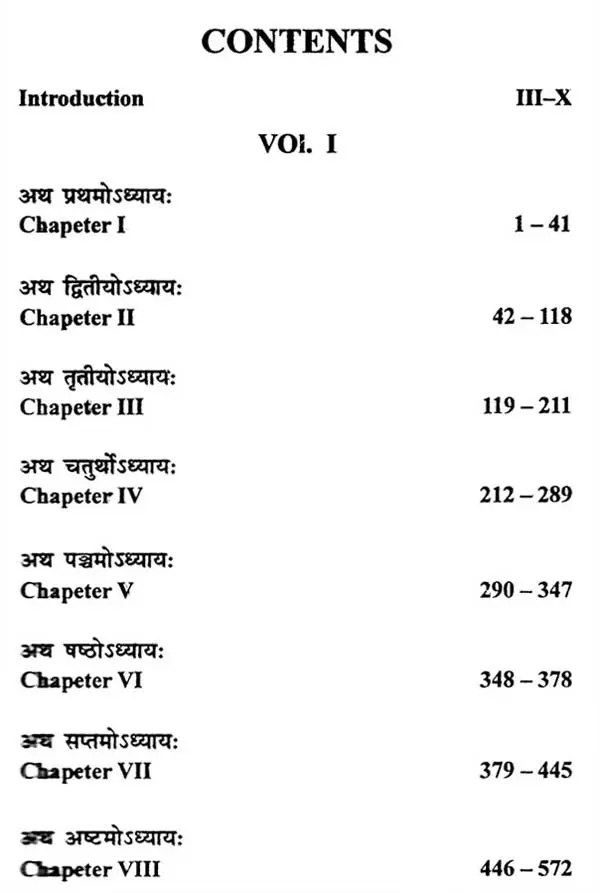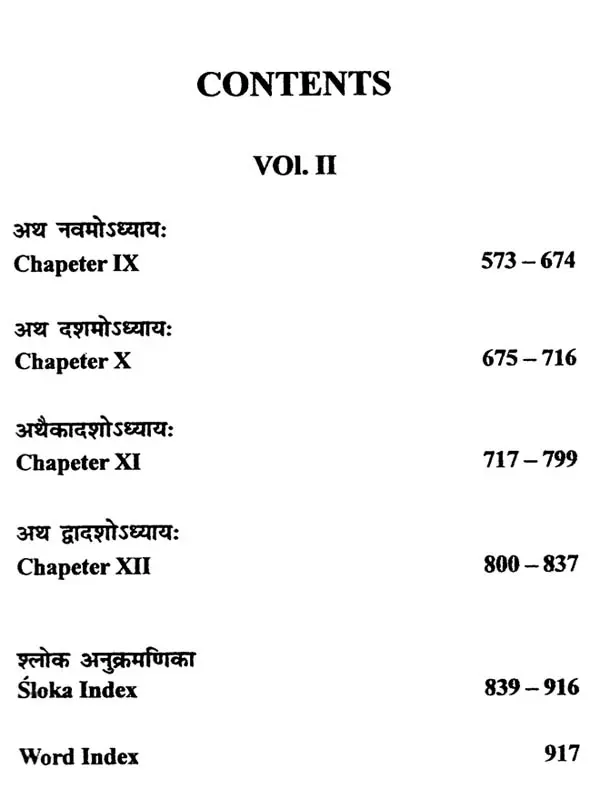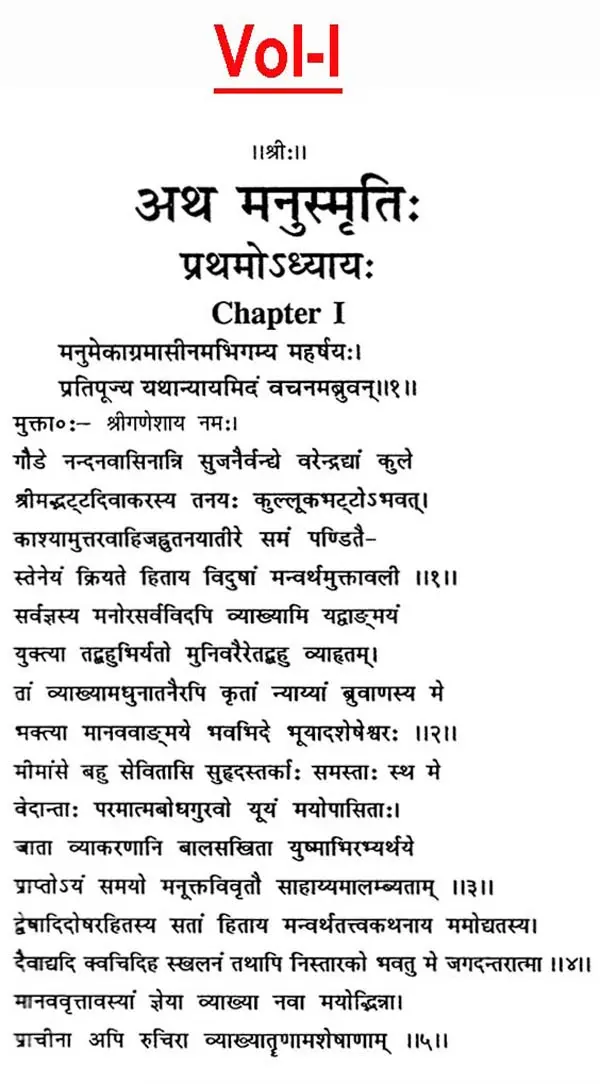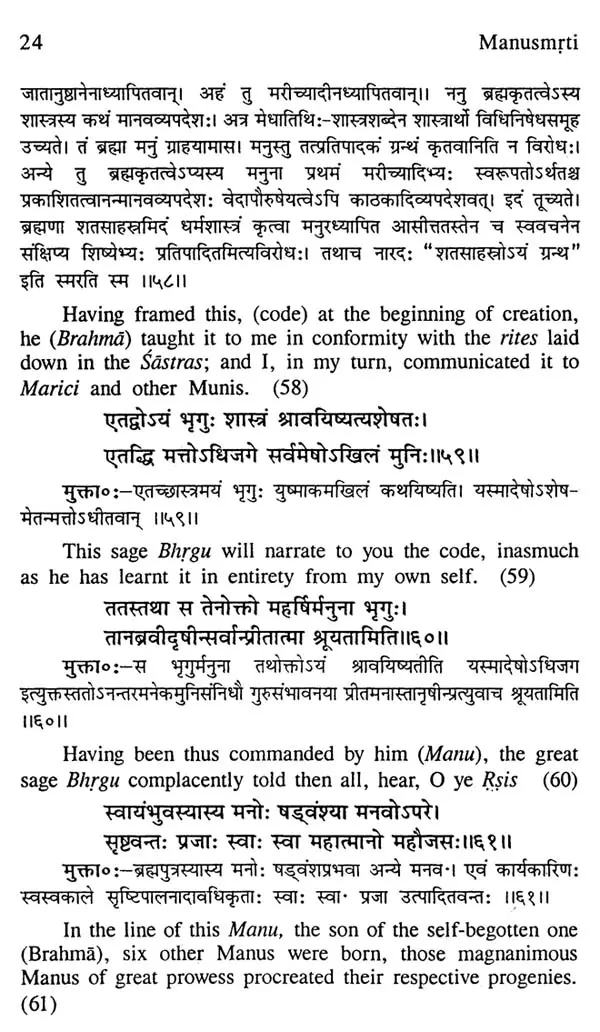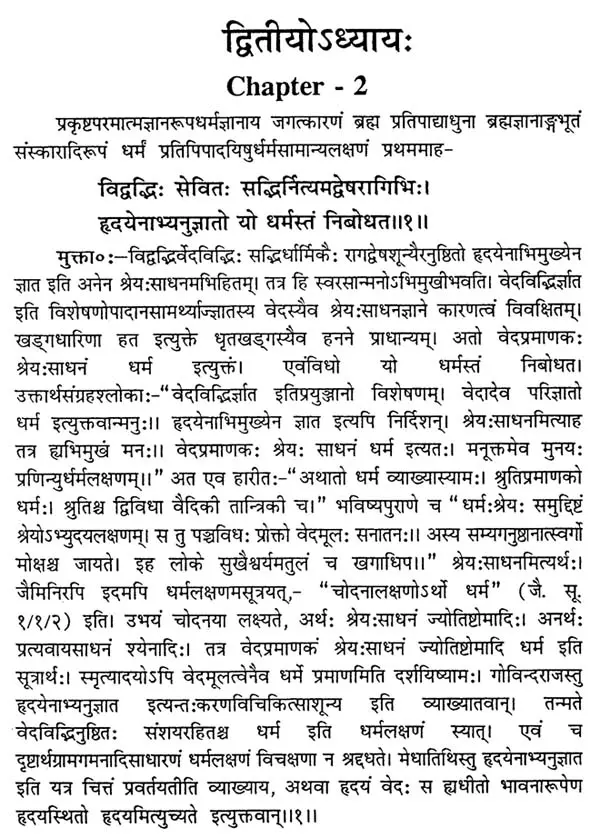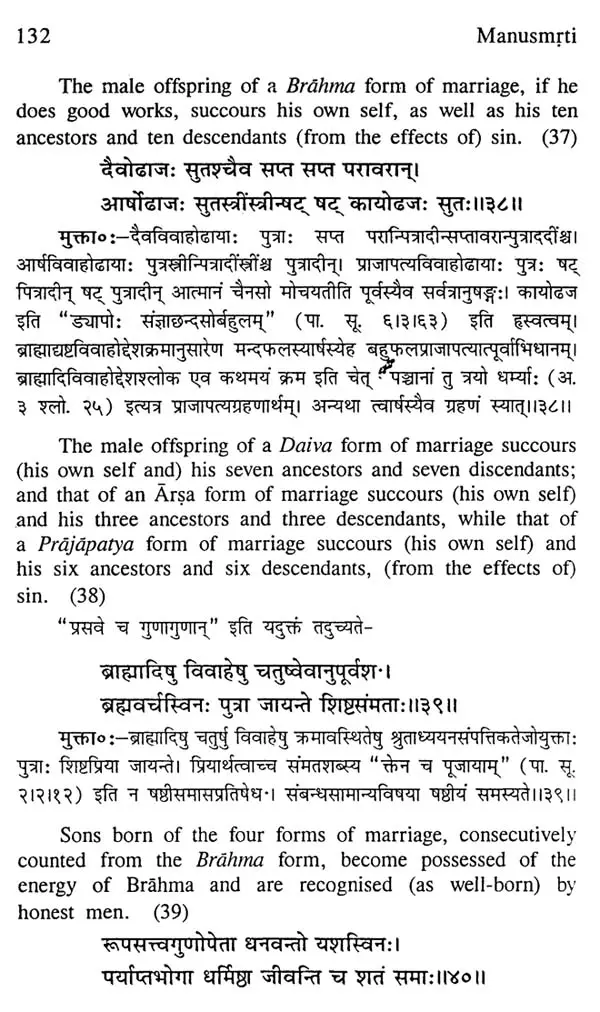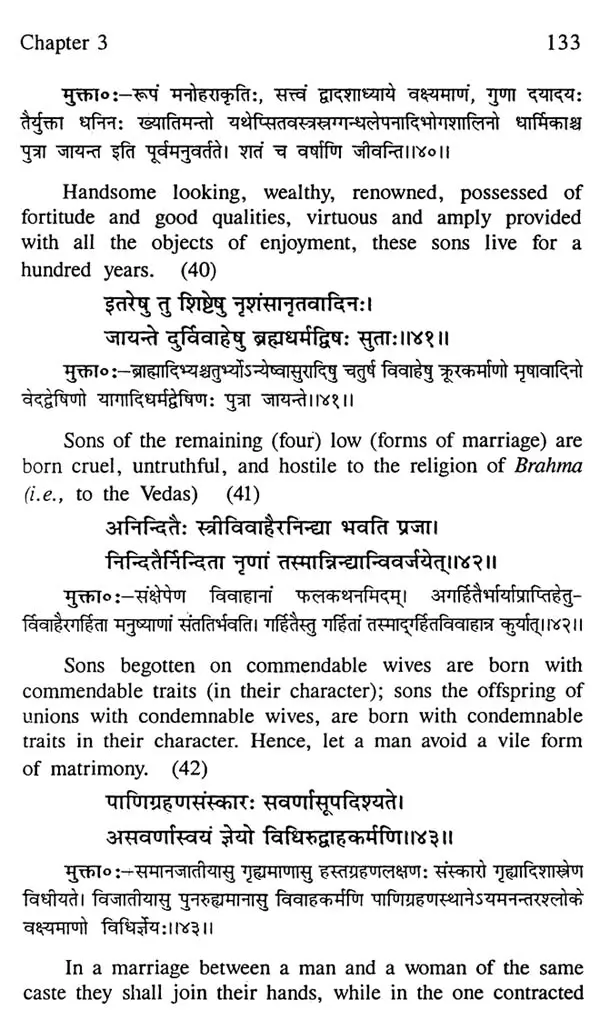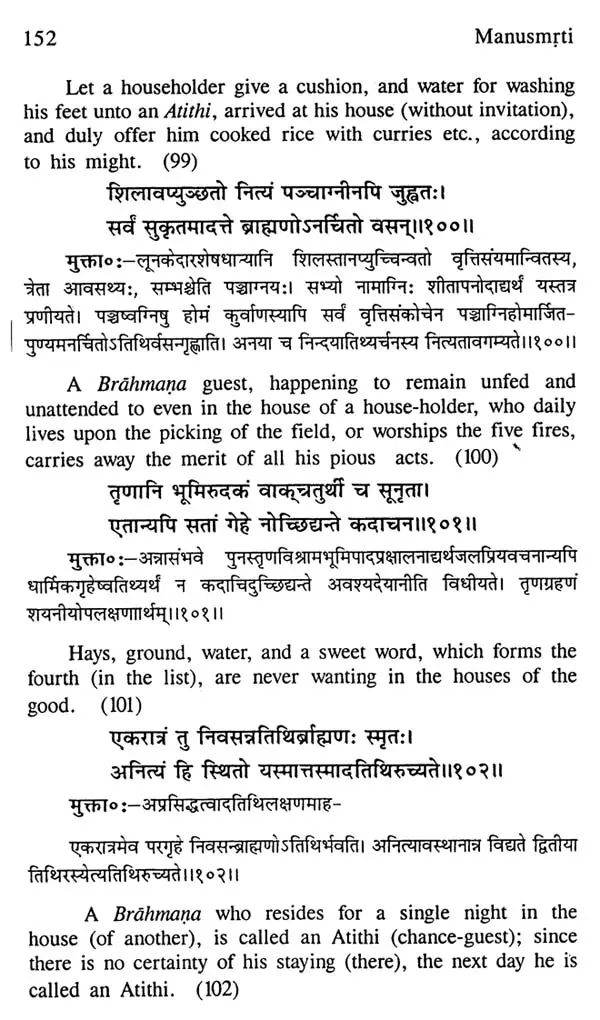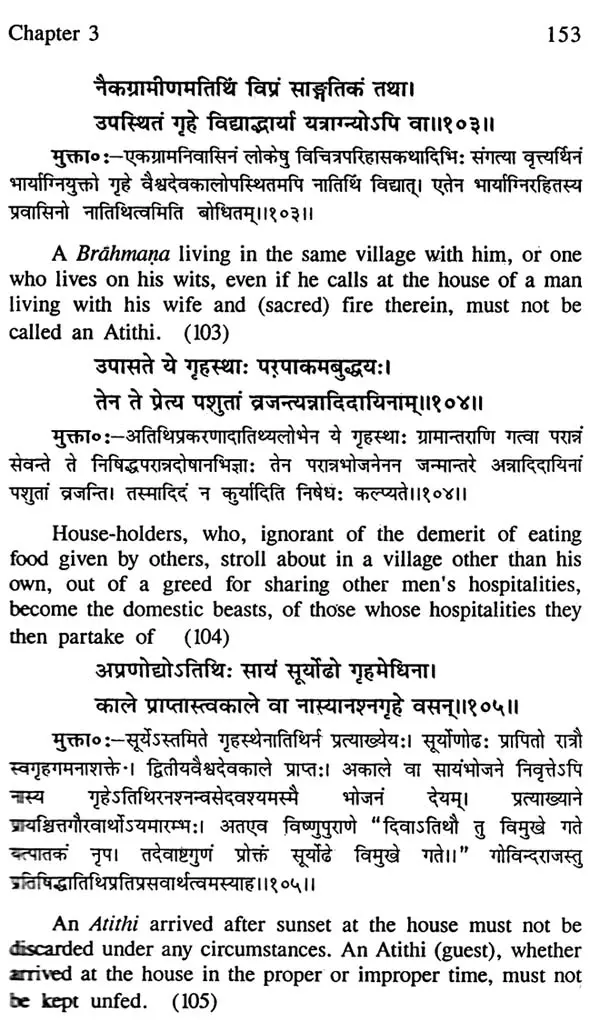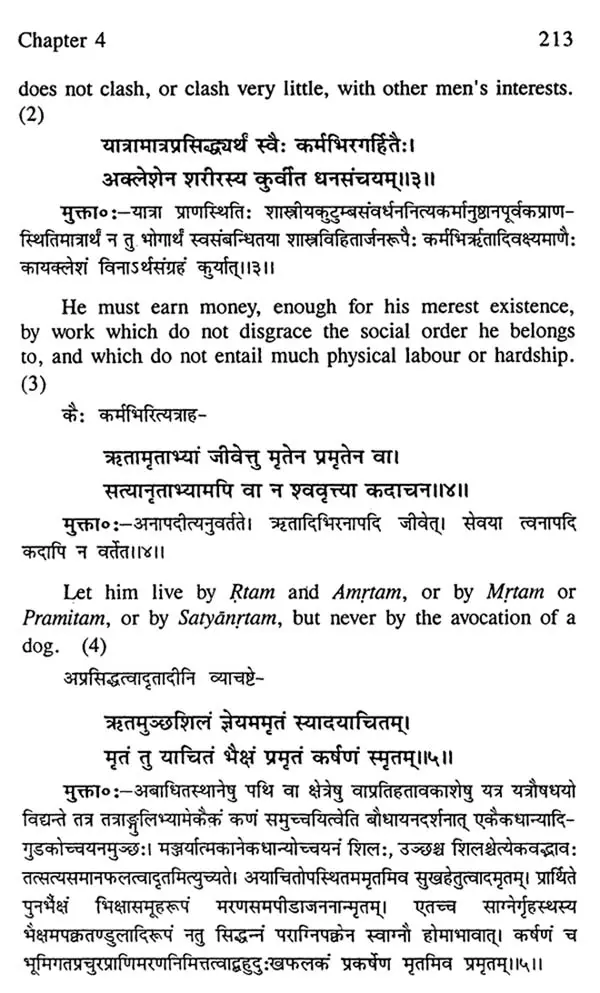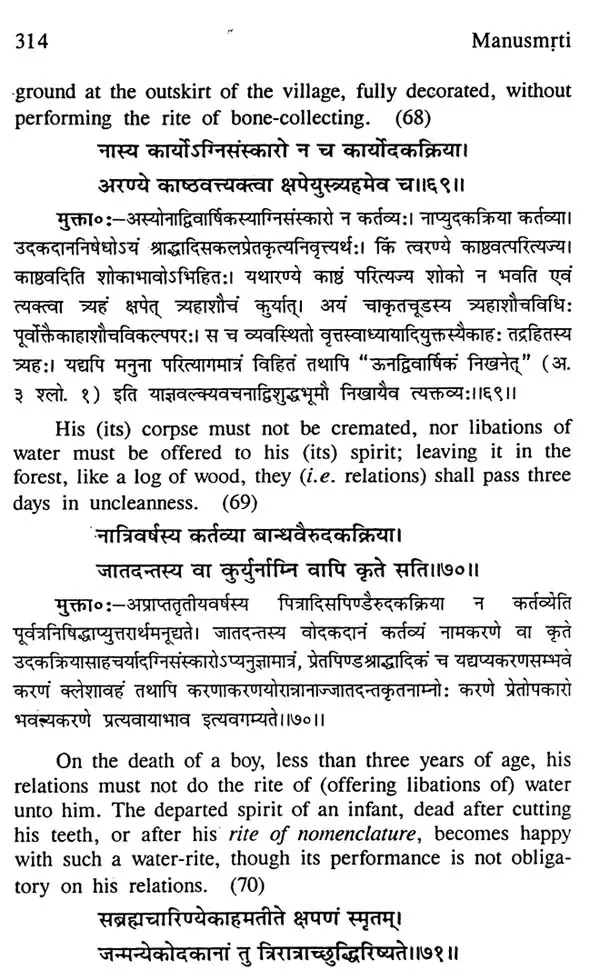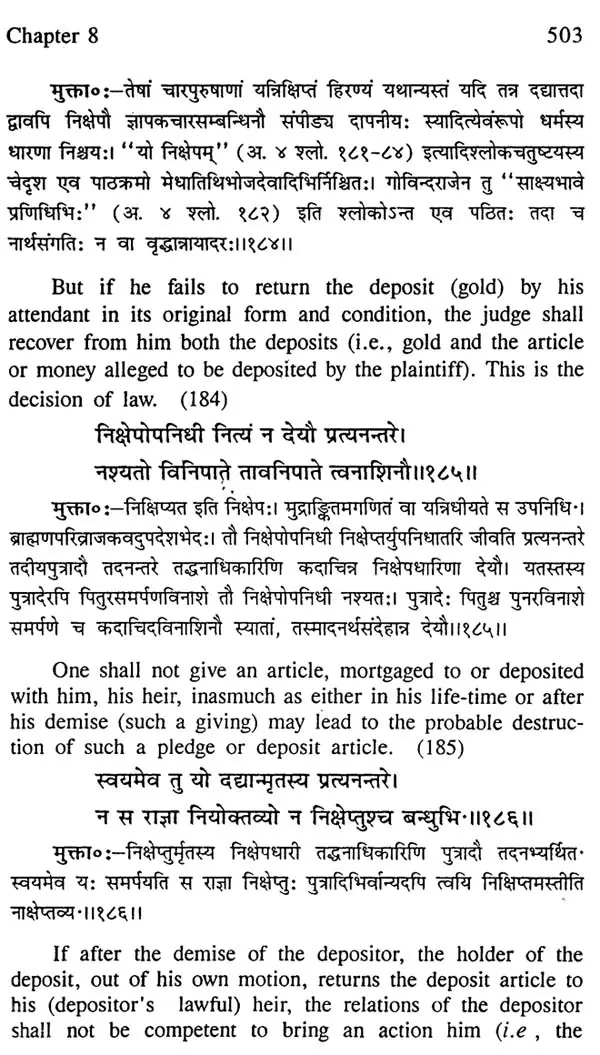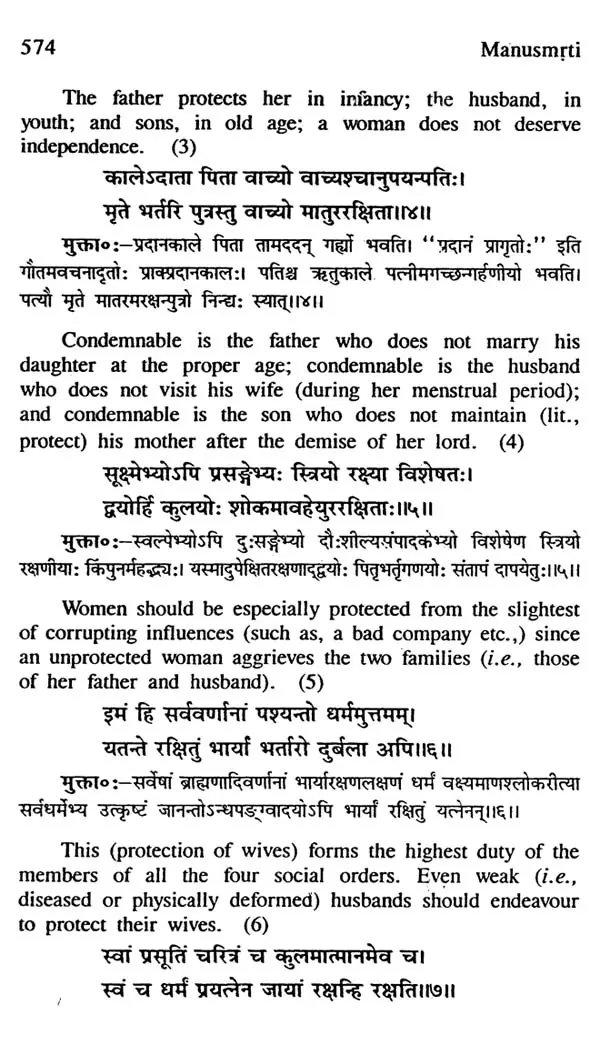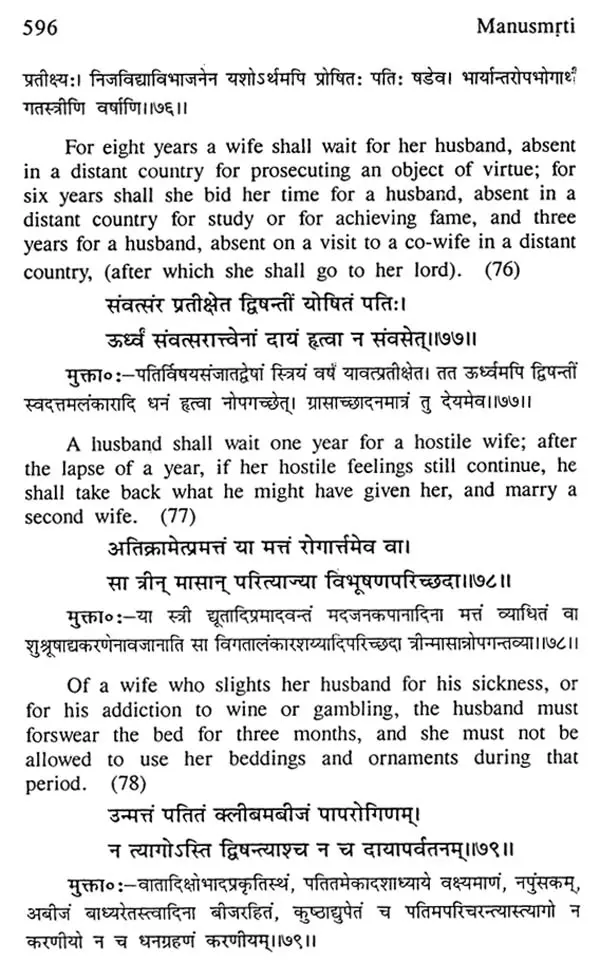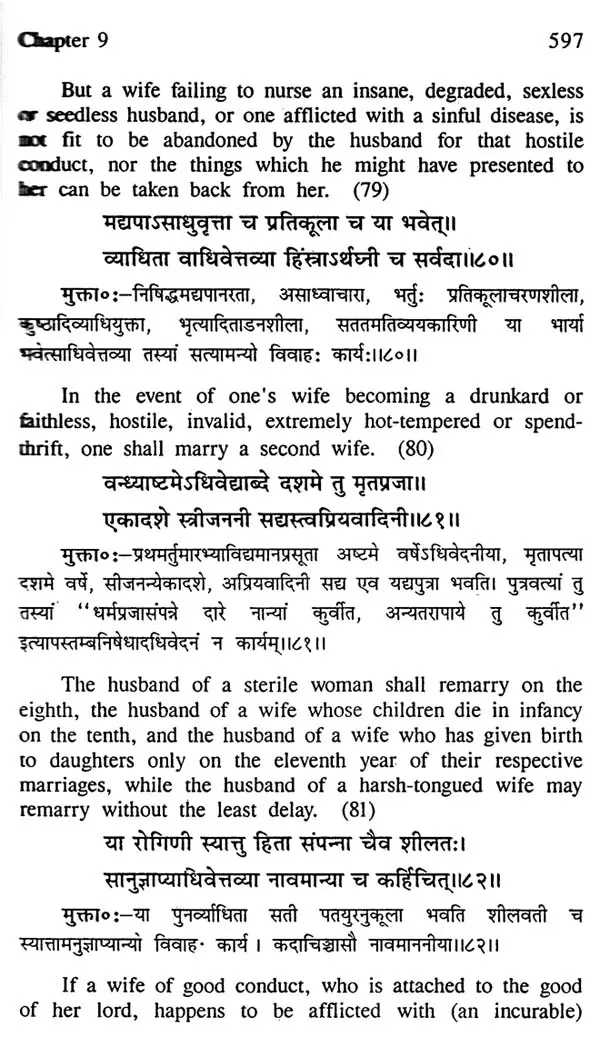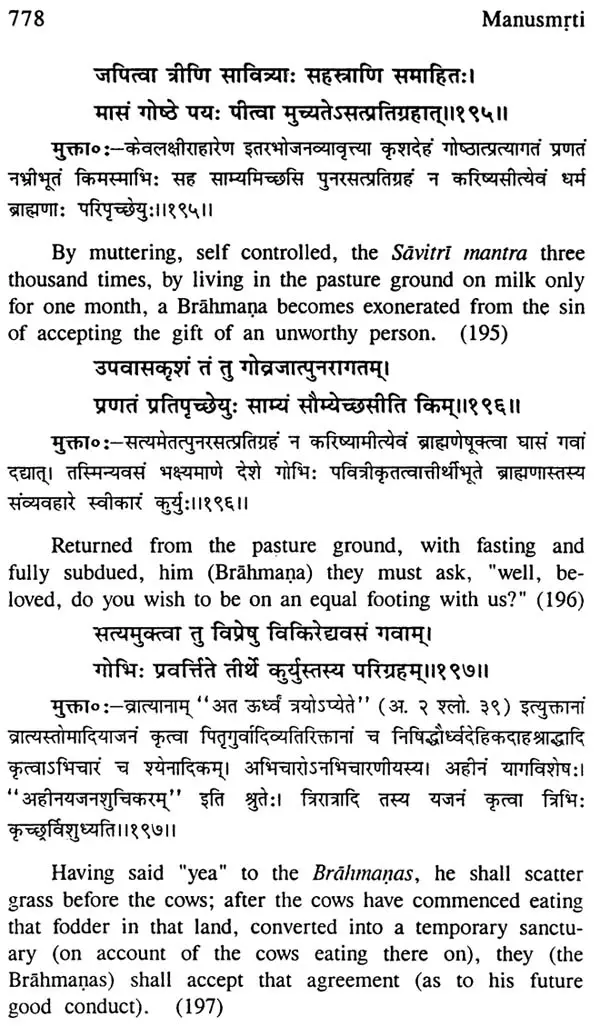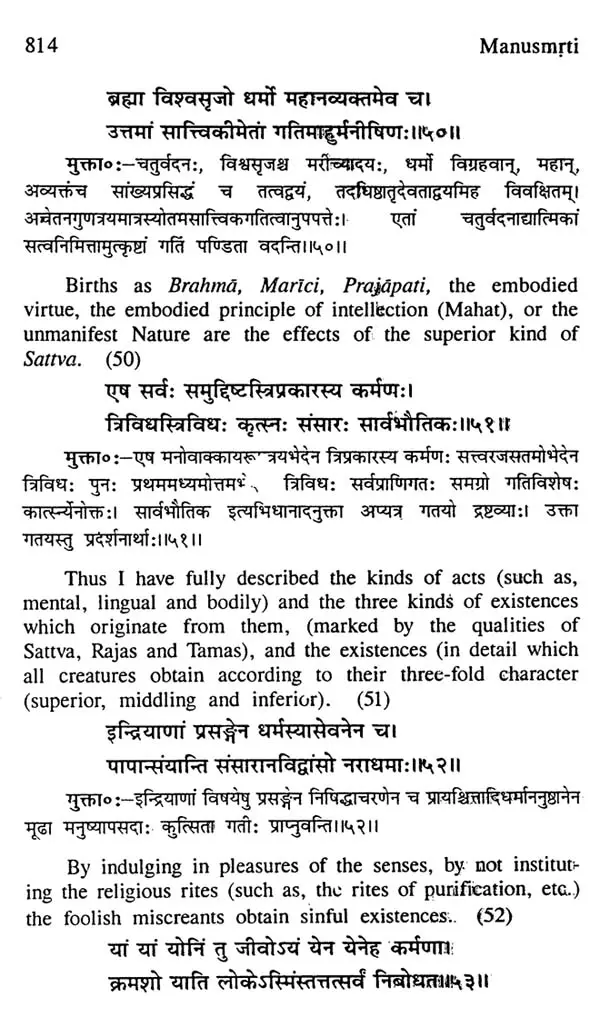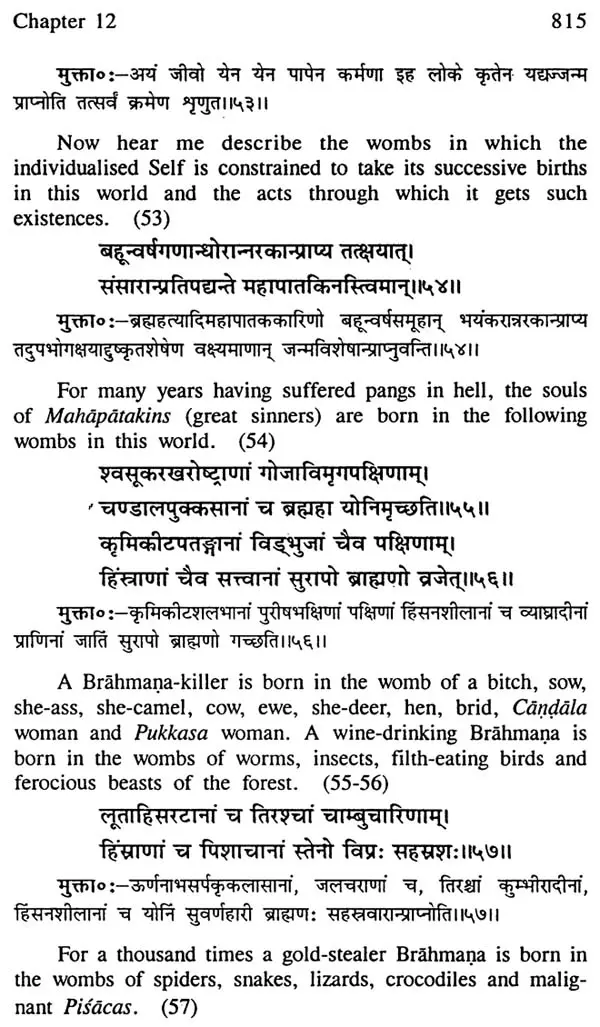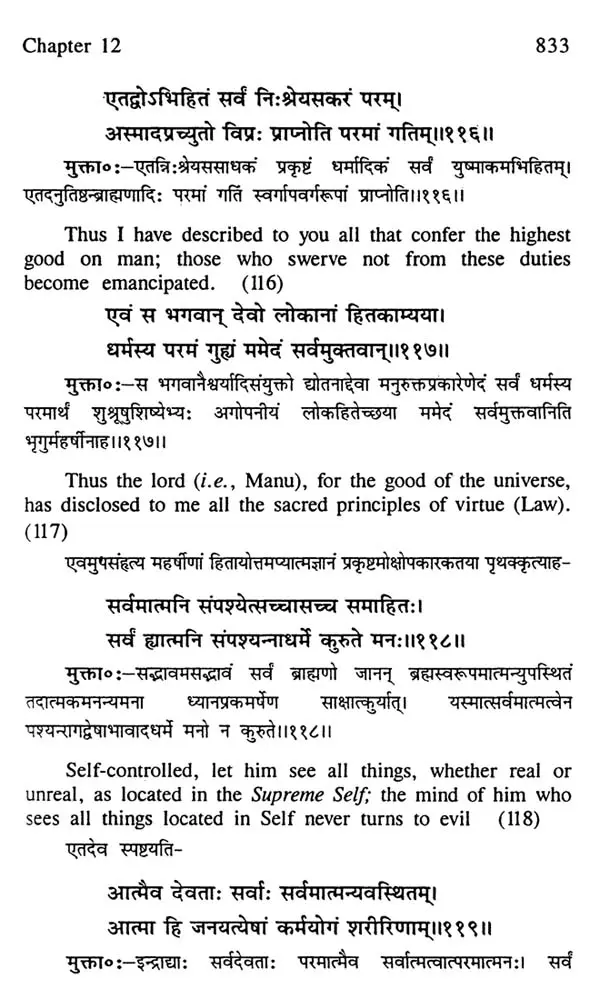
Manusmrti (Text With Kullukabhatta Commentary English Translation, Sloka Index And Word Index) (Set of 2 Volumes)
Book Specification
| Item Code: | UAT118 |
| Author: | Maiteryee Deshpande |
| Publisher: | NEW BHARATIYA BOOK CORPORATION |
| Language: | Sanskrit Text With Engilsh Translation |
| Edition: | 2020 |
| ISBN: | 9788183150330 |
| Pages: | 1504 |
| Cover: | HARDCOVER |
| Other Details | 9.00 X 5.80 inch |
| Weight | 1.35 kg |
Book Description
The oldest and the recognised of the smrtis, is that of Manu also called Manava Samhita or Manava Dharmasastra. It is the most Famous of the lawbooks. Its unique quality is its combination of all features beloved by Hindu society in a treatise on Duty. Manu remains the principle dharmasastra though no legal commentary accepts it as exhaustive or final. Its age perhaps between 200 B.C. and A.D. 100. was not yet one of compulsive encyclopedism, such as is reflected in the puranas, to the fascination of which medieval digest writers succumbed. It is a standard and the most authoritative work on Hindu law and presents the normal form of Hindu society and civilization. It is a storehouse of information on social, cultural, religious, ethical, educational, political, judicial and geographie life of the period and this is perfectly natural.
Indian tradition lays down four fold sources of Dharma viz., the Śruti, the Smrti, good conduct and self complacency of one's own. The Vedas are called Śrutis as they are direct revelation by the God to the sages when they were absorbed in contemplation. So they are con sidered as number one authority on Dharma. The knowl edge transmitted by the Vedas is classified as a Pramana or valid means of testimony. The second source is Smrti which denotes that knowledge which is based on the previous knowledge. In this sense Smrti reproduced in different words the knowledge as propounded in the Vedas. In other words the smrtis of Manu, Yajnavalkya etc., preserve the traditions, precepts, customs and rules of conduct and rites in the Vedas. The term Dharmasastra is generally applied to both the Dharmasūtras and the metrical codes otherwise known as smṛtis. The Taittiriya Aranyaka, describes smrti as one of the sources of Dharma. According to Sankara the word smrti denotes the Mahabharata or the Manusmrti. The smrti came into existence to satisfy the demand of the society for new provisions in matters of Dharma, religious and secular.
Dharmasastra means 'the teaching (or science) of righteousness and includes law. In India there is the belief that righteousness is an independent science of greater importance than mere day-to-day administration, and that the teacher's duty is to exhort, and to set standards of conduct, based overtly upon transcendental considerations, recognizing that decisions will be reached by judges, arbitrators, or others, upon principles of ethics, custom, or policy, but hoping that they would, if properly educated in righteousness, tend or endeavour to give just decision. The Indian teacher of the techniques of dispute-settlement would indeed be a specialist in a branch of the śästra; but unless he projected his study as a facet of the attainment fo truth and enhancement of a supernatural order (not the mere quietening of complaints or enforce ment of a royal policy) he would not be a dharmaśāstrī.
In the early stages of the development, the smṛtis were regarded less authoritative than Śrutis; still in actual practice, they were regarded as supreme in their own sphere. All smrtis are not of all equal authority. Most of them are indeed obscure and rarely cited in the ancient commentaries.

